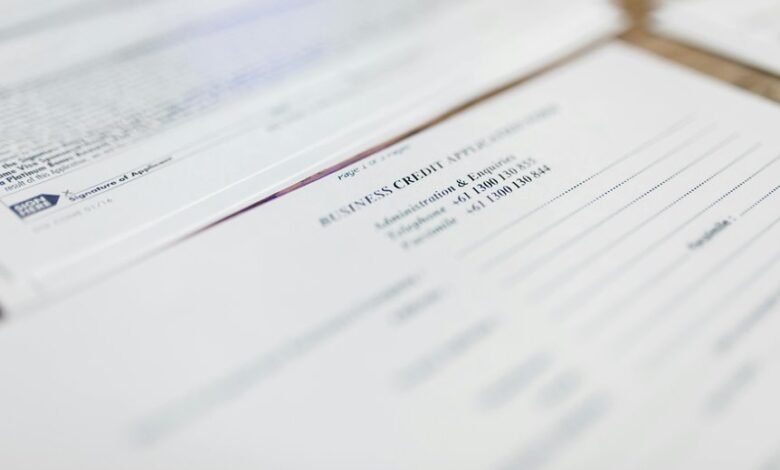Caller Risk Assessment & Fraud Prevention Bureau 3296027812 3391053862 3510019347 3668758949 3715343797 3338008558

Caller risk assessment plays a vital role in fraud prevention. Analyzing specific numbers like 3296027812 and 3391053862 reveals patterns that may indicate fraudulent activity. Identifying risk factors such as call origin and behavioral anomalies is essential for organizations. Implementing effective tools can enhance security measures. However, the landscape of phone scams is constantly evolving. Understanding these dynamics is crucial for maintaining trust and safeguarding assets. What strategies can organizations adopt to stay ahead?
Understanding Caller Risk Assessment
As organizations increasingly rely on telecommunication for customer interactions, understanding caller risk assessment becomes essential for safeguarding against fraud.
Effective caller authentication involves analyzing risk indicators such as call origin, behavioral patterns, and account history. Identifying these factors enables organizations to assess the legitimacy of callers, thereby enhancing security measures.
A robust risk assessment framework ultimately empowers organizations to protect their assets and maintain customer trust.
Common Phone Scams and How to Identify Them
Numerous phone scams proliferate in today’s digital landscape, each employing distinct tactics to deceive unsuspecting victims.
Common scam indicators include pressure to act quickly, unsolicited calls, and requests for personal information.
Caller tactics often involve impersonating legitimate organizations or creating a sense of urgency.
Recognizing these patterns is crucial for individuals seeking to safeguard their personal information against potential fraud.
Tools and Technologies for Fraud Prevention
A variety of tools and technologies have emerged to enhance fraud prevention efforts, reflecting the growing need for robust security measures in an increasingly complex digital environment.
Fraud detection tools utilize algorithms to identify suspicious patterns, while caller verification technologies authenticate the identity of incoming calls.
These advancements empower users to safeguard their personal information and mitigate risks associated with fraudulent activities.
Steps to Take if You Encounter a Suspicious Call
When individuals encounter a suspicious call, several critical steps should be taken to ensure their safety and protect personal information.
First, they should identify suspicious signs, such as unsolicited requests for sensitive data.
Next, it is vital to document the call details and follow established reporting procedures to relevant authorities.
This proactive approach helps mitigate potential risks and contributes to broader fraud prevention efforts.
Conclusion
In conclusion, effective caller risk assessment is crucial for combating fraud, particularly as phone scams have surged, with the FTC reporting a 30% increase in scam-related complaints in the past year alone. By employing advanced fraud detection tools and understanding caller behaviors, organizations can significantly reduce their vulnerability to fraudulent activities. Continuous vigilance and proactive measures not only safeguard organizational assets but also reinforce customer trust, creating a secure environment for all interactions.



